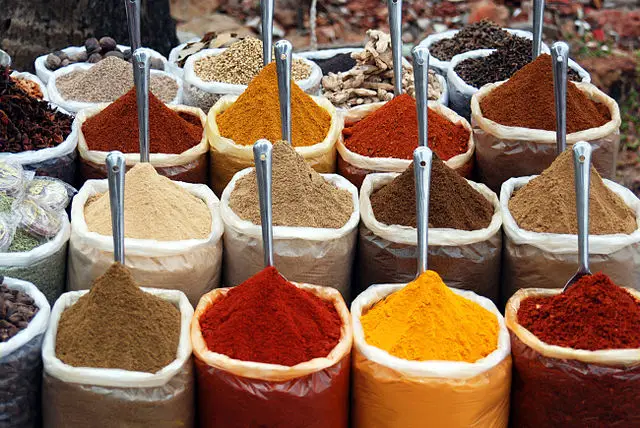It All Started with a Taste
Imagine biting into your food and discovering fireworks. Not literal fireworks, obviously. But something explosive, something that jolts your senses and makes you pause and go, wait… what is that? Now imagine that same feeling thousands of years ago, when someone in a cold corner of the world first tasted pepper from India. Cinnamon. Cardamom. Clove. The experience was so powerful it would eventually rewrite the world map.
India didn’t just grow spices. It made people desperate for them. Willing-to-cross-oceans kind of desperate. Willing-to-wage-war desperate. And that’s how it all started.
Before the Spice Hype
Long before the Romans were throwing dinner parties with flamingo tongues and spiced wine, people in India had already been cultivating and trading spices. Archaeological evidence shows that black pepper was being used in Indian cooking as far back as 2000 BCE. That’s ancient.
What’s wild is that India wasn’t just a producer. It was a spice innovator. People figured out how to blend flavors, preserve food, treat illnesses, and even perform rituals using these plants. In Indian culture, spices weren’t just culinary extras. They were medicine. They were sacred. They were life.
The Nose Knows: Why Spices Were Basically Magic
We take a lot for granted now. You walk into a grocery store and there’s cinnamon in bulk. But for centuries, these were luxury items. You couldn’t just grow nutmeg in your backyard in Europe. So when merchants brought back a pouch of cloves from India, it was like bringing back moon rocks.
Spices didn’t just make food taste better. They made it last longer, helped mask the taste of not-so-fresh meat, and even acted as early pharmaceuticals. Got a headache? Try some turmeric. Stomach issues? Add some ginger. Bad spirits? Burn some incense.
The Long, Twisting Road to Your Dinner Plate
The spice trade wasn’t some lazy back-and-forth. It was a tangled web of ships, caravans, deals, and, let’s be real, some shady stuff. Indian ports like Calicut and Cochin became megahubs where Arab, Persian, Chinese, and later European traders all rubbed elbows, and probably argued over prices.
Arab merchants were key early players. They didn’t just sail the Indian Ocean. They basically owned it. They kept the source of their spice supply a closely guarded secret. For a while, Europeans believed spices grew near the Garden of Eden. Which is kind of hilarious, and also sad.
When Europe Got Jealous
Eventually, Europe couldn’t stand being the middleman. They wanted direct access to the source. That’s when things got dicey. Vasco da Gama showed up in Calicut in 1498, and things started to shift. The Portuguese wanted in. So did the Dutch. Then the British. Then the French. Suddenly, India wasn’t just the spice capital. It was the center of an international tug-of-war.
Spices weren’t just flavor. They were power. Whoever controlled the trade routes controlled the money. And whoever controlled the ports in India? They had the keys to the kingdom.
Spices Changed More Than Just Dinner
Here’s where it gets bigger. The spice trade didn’t just change how food tasted in Europe. It reshaped economies. Sparked wars. Inspired explorers. Funded empires. It was one of the original global obsessions. Long before gold rushes and oil booms, there was spice mania.
Even the discovery of the Americas is tied to this. Christopher Columbus? He was looking for a new way to reach India and its spices. He just took a wrong turn.
And Yet, It Always Comes Back to the Kitchen
For all that blood and treasure, all the epic sea voyages and colonial cruelty, it’s almost funny that what they were chasing was flavor. Something to make bland food taste better. Something warm and earthy and bright. Something that India had in abundance.
Today, India still produces the majority of the world’s spices. Walk through a market in Kerala or Rajasthan and you’ll be hit with the same fragrances that drove kings mad centuries ago. The air is heavy with cumin and chili and coriander. And that history is alive in every breath.
Not Just a Past, But a Pulse
Next time you stir turmeric into your lentils or grind cardamom for your tea, think about how many lives were changed by these tiny seeds and pods. Think about how they pulled ships across oceans and rewrote human history. Then take a bite.
Sources:
1. National Geographic
2. Smithsonian Magazine

